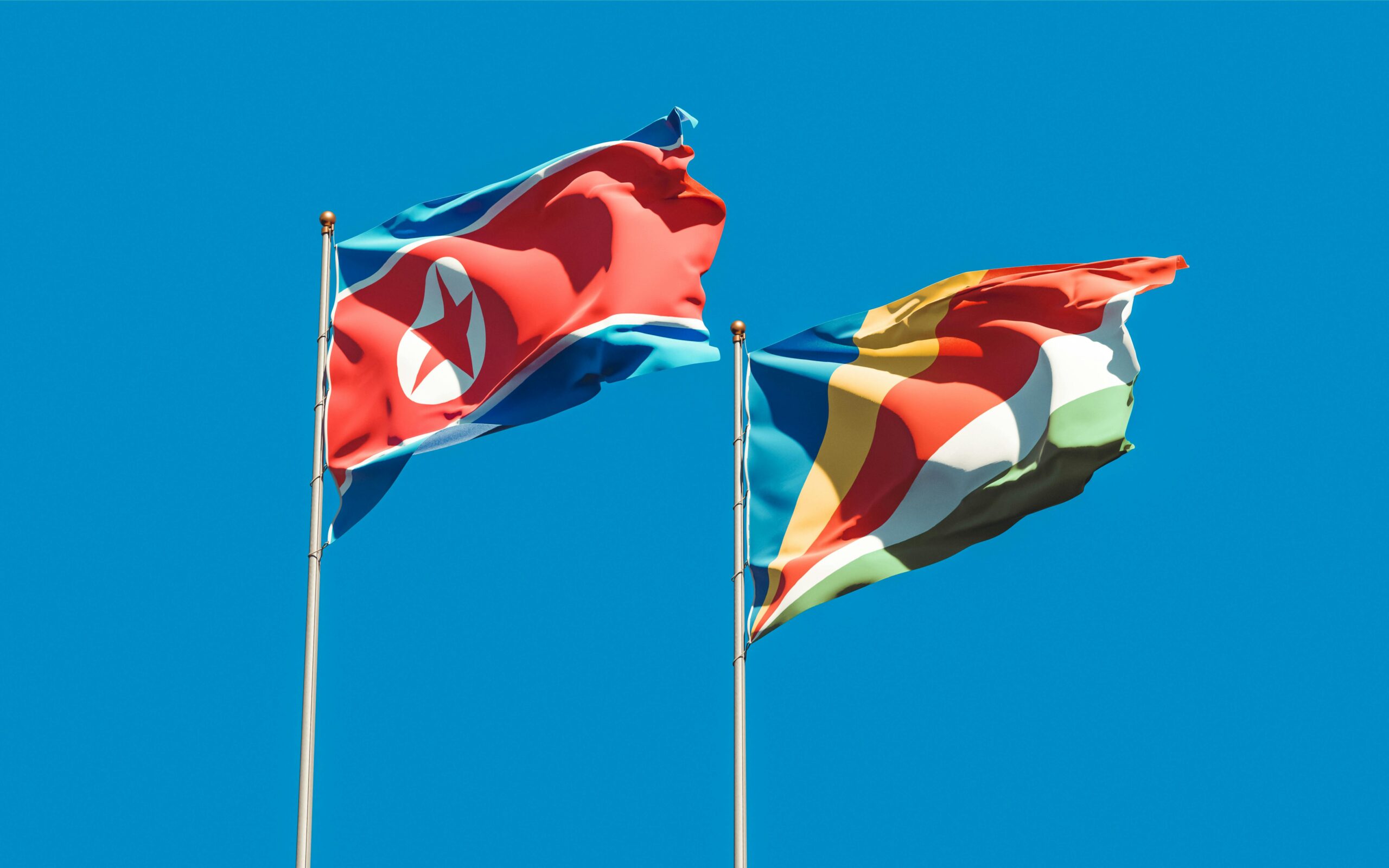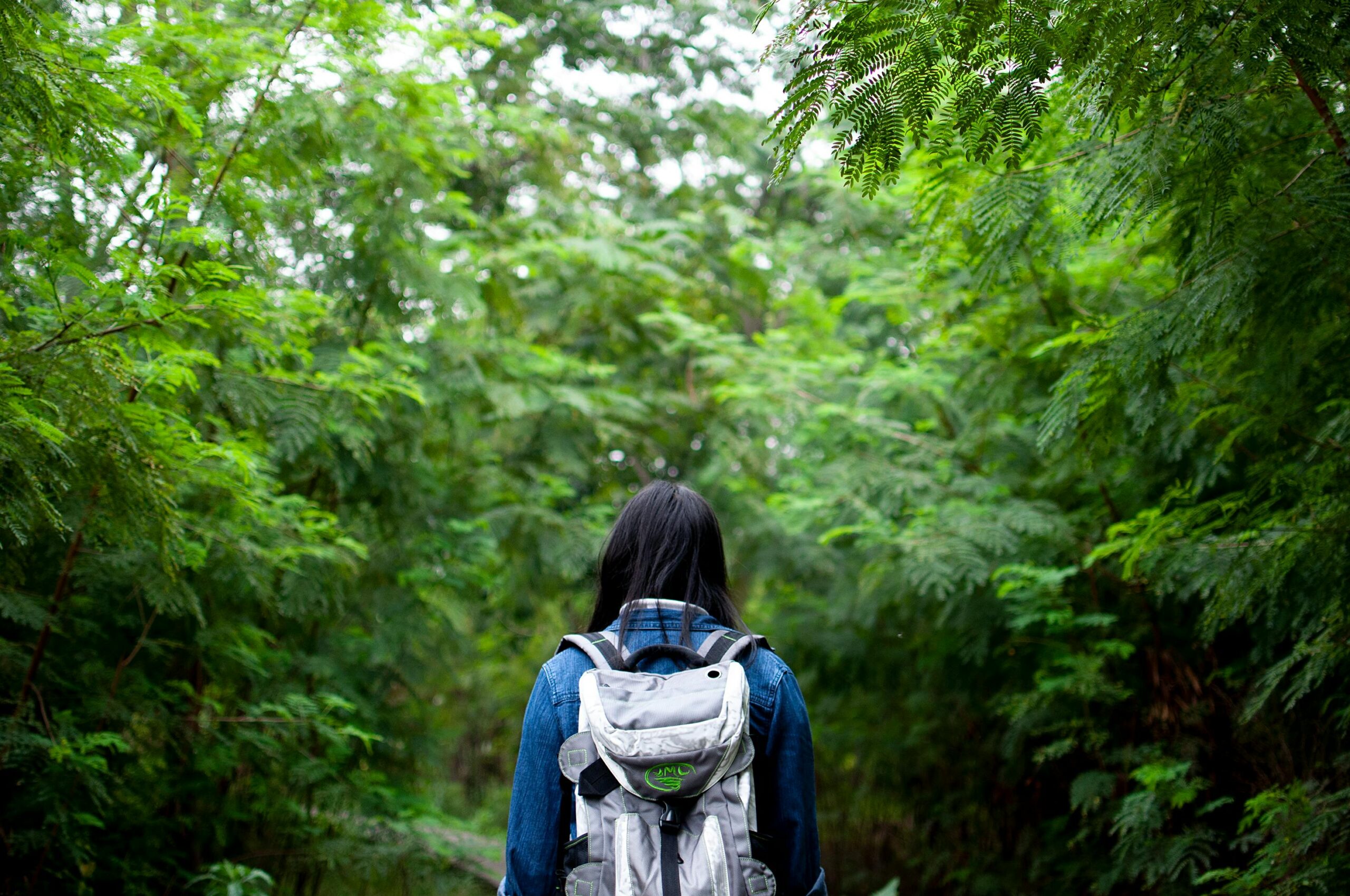For the first time in nearly five years, a select group of North Korean tourists stepped onto foreign soil, sparking global intrigue with an unforgettable, high-tech welcome. This event not only broke a prolonged travel hiatus but also offered a glimpse into a potential shift in North Korea’s tightly controlled engagement with the outside world.
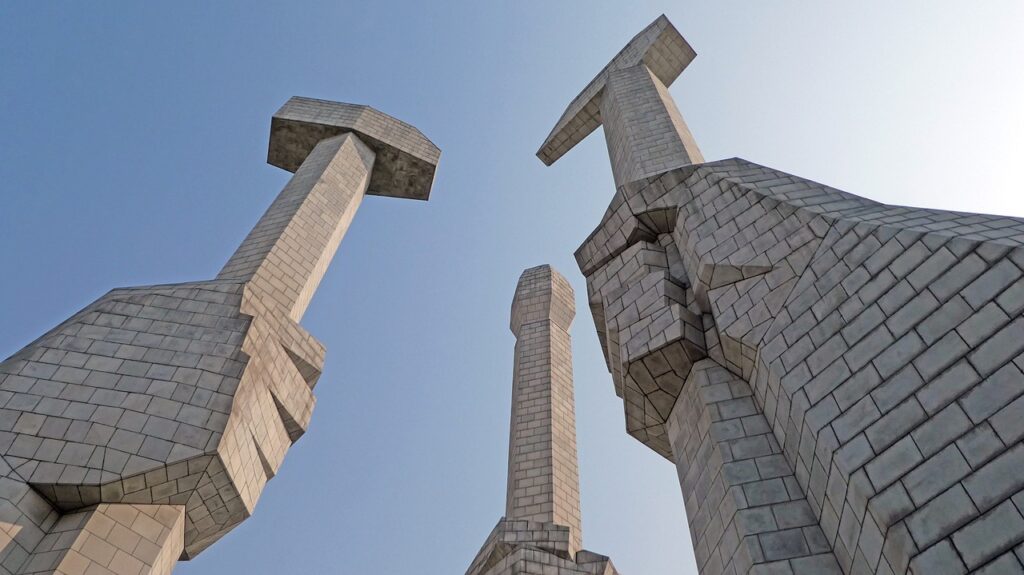
A Brief History of North Korean Tourism
North Korea has long maintained strict control over who may leave its borders. In the past, only carefully vetted individuals were allowed on state-organized tours, ensuring that travel served as both a tightly managed privilege and a tool for showcasing the regime’s narrative. Over the years, external pressures—from international sanctions to global travel disruptions—have deepened this isolation, culminating in a five-year break from organized outbound tourism. Analysts suggest that this extended hiatus was also a deliberate move, allowing the government to reassess its international image while minimizing the risks of external cultural influences.
The Shocking Welcome: A Display of Modernity Meets Tradition
Upon arrival at their destination, the North Korean tourists encountered a reception that would be remembered as much for its spectacle as for its symbolism. Local authorities and tourism boards orchestrated an elaborate ceremony featuring:
- State-of-the-Art Light and Projection Shows: A dynamic display of lasers and digital projections transformed public spaces into a vivid canvas of colors and images, symbolizing the host nation’s technological prowess.
- Cultural Performances: Traditional dance and music were interwoven with modern elements, celebrating the rich heritage of the host country while signaling openness to innovative expressions.
- Dramatic Musical Accompaniments: Carefully selected musical scores enhanced the atmosphere, creating an emotional narrative of welcome and optimism.
This fusion of high-tech artistry with traditional performance was designed to send a strong message: while the nation celebrates its modern achievements, it remains deeply rooted in its cultural identity.
Diplomatic and Political Implications
The return of North Korean tourists is occurring at a time when global diplomacy is gradually embracing dialogue and cautious re-engagement. Several implications emerge from this event:
- Softening of Isolation: Allowing selected citizens to travel abroad is a subtle yet significant departure from North Korea’s long-standing isolationist policies. This may be a prelude to broader cultural and economic engagements.
- Image Management: The elaborate welcome ceremony appears designed to project an image of modernity and openness. For a nation often depicted as secretive, this controlled exposure could be part of a calculated effort to reshape its international persona.
- Potential for Future Collaboration: Enhanced cultural exchanges may pave the way for further tourism and economic partnerships. Observers note that such initiatives could eventually lead to more frequent and diversified international interactions, although changes will likely remain under strict state control.
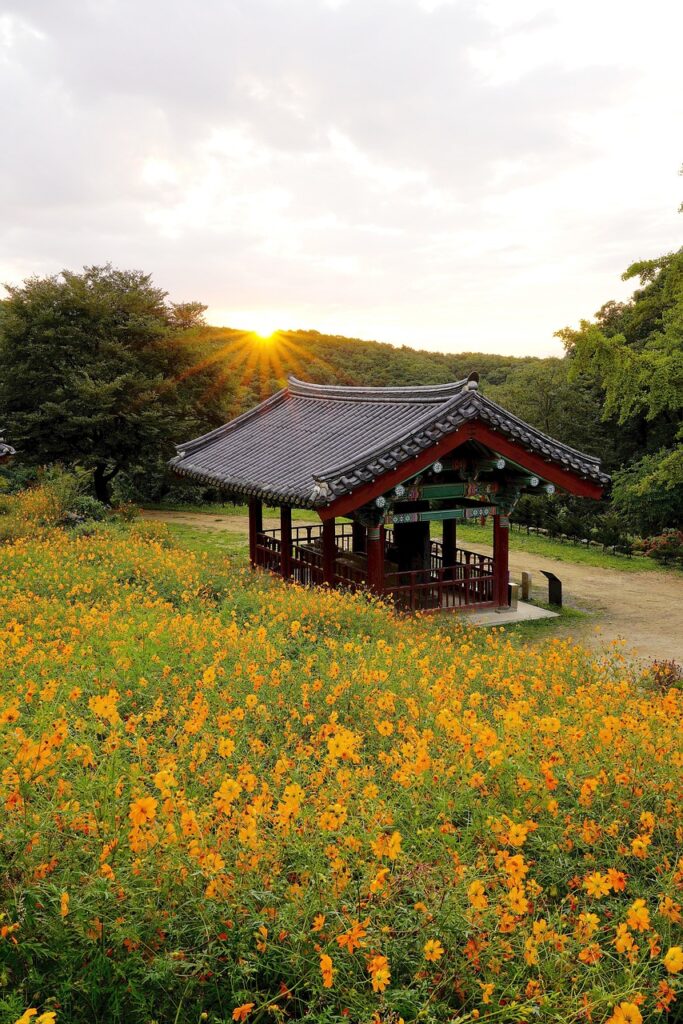
Behind the Scenes: Planning and Security
The seamless execution of the welcome ceremony was the result of extensive behind-the-scenes efforts. Coordinators from local government, security agencies, and tourism boards worked together over several months to ensure the event’s success. Key logistical highlights include:
- Advanced Security Protocols: Given the sensitivity surrounding North Korean travel, security was paramount. Coordinated transportation, secure communication channels, and dedicated briefing sessions ensured that all parties were well-prepared.
- Meticulous Planning: The integration of cutting-edge technology with traditional elements required detailed planning. Experts in both modern display techniques and cultural performance were involved, ensuring that the event was both visually stunning and respectful of local heritage.
- Public Engagement: Local residents were informed in advance, and public spaces were prepared to host the large turnout. This ensured a smooth experience for both the visitors and the host community.
Economic and Cultural Impact
The reintroduction of North Korean tourists holds promising implications for both the host region and potentially for North Korea itself:
- Economic Boost: Increased tourism can drive significant economic benefits, from enhanced revenue in hospitality and retail sectors to long-term growth in related industries.
- Cultural Exchange: Such events create opportunities for meaningful cultural dialogue, fostering understanding and potentially easing long-standing tensions.
- Future Tourism Prospects: Success in this high-profile event may encourage more relaxed travel policies in the future, paving the way for additional groups to explore international destinations under similar controlled circumstances.
A New Chapter in Controlled Engagement
While the event is rich in symbolism and forward-looking aspirations, it also underscores the delicate balance North Korea must maintain between controlled exposure and the risks of international engagement. The elaborate display and tightly orchestrated event highlight that while the door to the world may be opening, it does so in a measured and cautious manner. Observers around the globe are watching closely, hopeful that this historic moment could signal a gradual transformation in how North Korea interacts with the rest of the world.
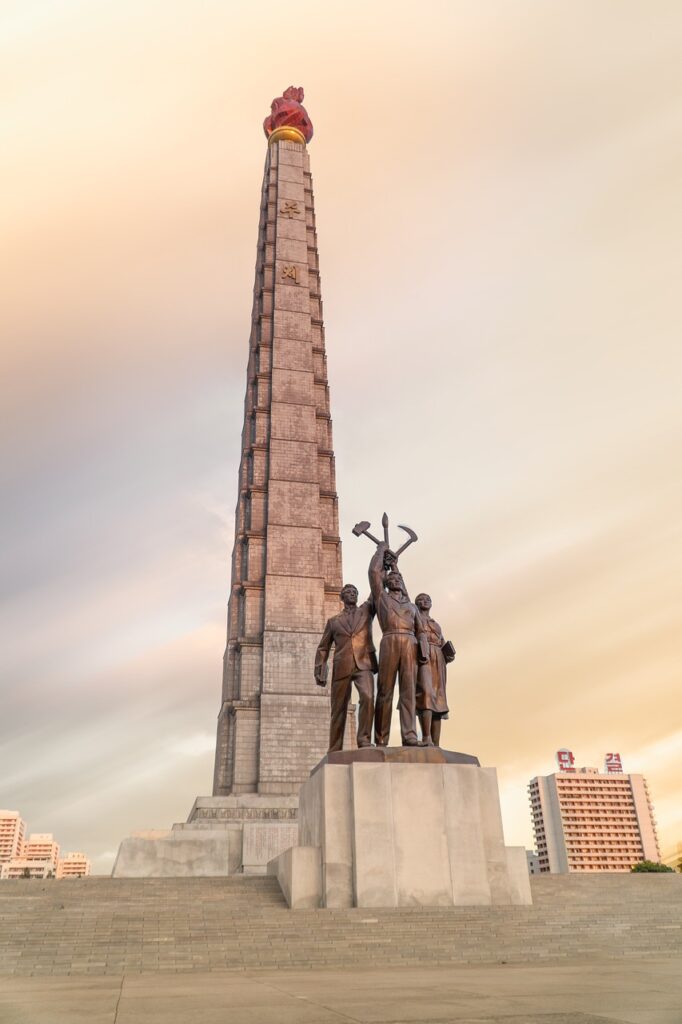
Frequently Asked Questions (FAQs)
1. Who were the North Korean tourists and how were they selected?
They were part of a state-organized tour, chosen by the North Korean government based on strict criteria including loyalty, cultural representation, and adherence to state protocols. The selection process remains highly controlled and opaque.
2. Why has there been a five-year gap in North Korean tourism?
The hiatus is attributed to a combination of international sanctions, global travel disruptions, and deliberate government policy aimed at limiting external influences while reassessing its international posture.
3. What exactly was the “shocking display” that greeted the tourists?
The display was an elaborate ceremony featuring modern light and projection shows, traditional dance and music performances, and dramatic musical accompaniments. This blend of technology and heritage was designed to create a memorable and symbolic welcome.
4. What are the political implications of this visit?
The event may indicate a subtle shift toward soft diplomacy, signaling that North Korea could be cautiously opening up to controlled international engagements. It suggests a potential rebranding effort aimed at improving its global image and fostering economic as well as cultural exchanges.
5. How might this event impact future tourism between North Korea and the international community?
If the current initiative is deemed successful, it could encourage more relaxed travel policies and lead to increased tourism. This would benefit both the host economies and pave the way for further cultural and economic interactions, though changes are expected to remain gradual and strictly regulated.
6. What security measures were implemented during this event?
Extensive security protocols were in place, including dedicated transportation, secure communication channels, coordinated efforts between local authorities, and comprehensive pre-event briefings to ensure a smooth and safe experience for all involved.
This historic welcome not only marks the return of North Korean tourists after a prolonged absence but also symbolizes the beginning of a cautiously optimistic era of controlled international engagement. As the world watches, the success of this event may well determine the future trajectory of cultural and economic exchanges with one of the world’s most isolated nations.
Sources New York Post
